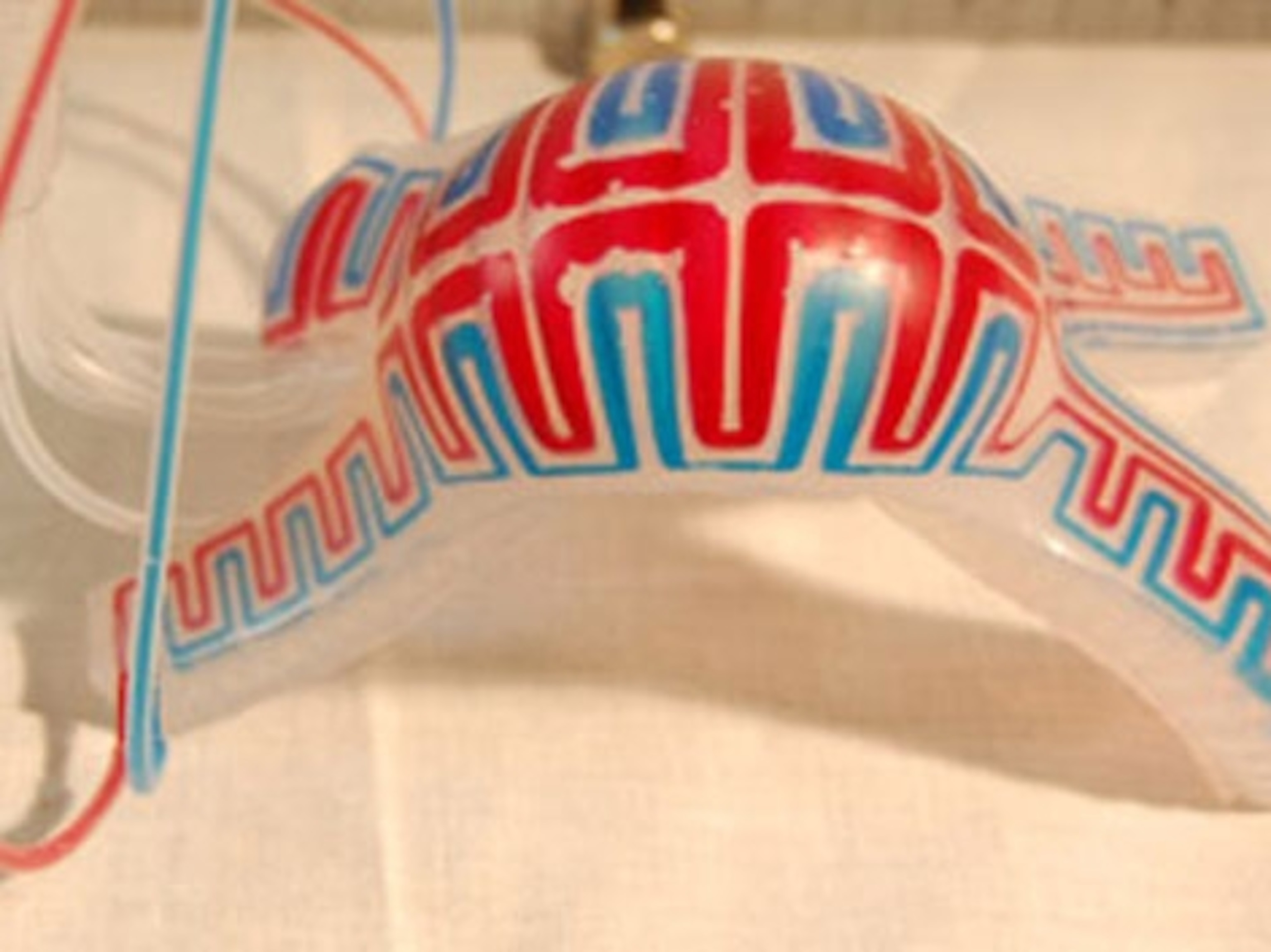These Soft, Magnetic Robots May One Day Crawl Inside Your Body
Researchers think the robots could perform a number of medical treatments like delivering medication or taking samples.
Little robots controlled by magnets may one day be crawling through your body, delivering treatments or taking tissue samples. That's at least one use inventors at MIT envision for the soft, mobile devices they're currently creating to morph on cue.
With just a wave of a magnet, the robots can roll, jump, and crawl around in confined spaces. In the future, the MIT team hopes to build a stronger, more intelligent version of this robot that can be used for tasks such as medical procedures or cleaning up radioactive waste. (See a robot designed by another MIT team that is the most advanced robotic fish yet.)
“We want to make the robot powerful, so we're designing new magnetic inks so they can deliver more force,” says Xuanhe Zhao, a coauthor on a paper about the robots published today in the journal Nature.
So, how do they work?
Each robot is designed with a unique shape and structure to match its function. A 3-D printer then uses a silicone-based rubber material to bring that design to life. The printing technique has been crucial to the robots' design, says Zhao, because it allows magnetic microparticles to be deliberately embedded throughout the material. (This robot, meanwhile, uses living rat tissue to move.)
A computer program aligns each microparticle in a specific direction in a certain part of the robot, which allows magnetic force to trigger a desired response. For simple functions, Zhao is able to power the robots simply by waving a magnet over them. For more complex tasks, he says, the robots will need to operate inside a magnetized chamber that can apply pull simultaneously in different directions.
Why use magnets?
The research team considered a number of methods for bringing their robots to life: They've previously used electricity, thermal changes, light, and humidity to power other versions of them. Magnets, however, can be used most easily for robots placed inside the human body.
“The human body is transparent to magnetic fields,” notes Zhao, which means the magnetic energy won't be blocked or weakened during use. “You can apply magnetic fields to the brain, chest, hands, and arms.”
He says the method would be relatively safe for most people. The microparticles in the robots themselves have only a weak magnetic field, and the fields that are applied to active the robot are no more dangerous than those experienced during an MRI. (Find out how animals at Chernobyl are helping doctors better understand radiation risks.)
Even patients with implants like pacemakers, which electronically stimulate the heart, likely would not be impacted, he says, because the robot's magnetic field is too weak. His designs haven't yet been tested on human subjects, but he says that magnetic devices of similar strength are already being used to guide catheters into human bodies.
What's next?
Beyond medical uses, the team is working with naval research groups to apply the technology for military use. Their ultimate goal is to design a robot that's just as soft and flexible as a human or animal, so that it can have a wide range of potential applications, perhaps by using a combination of magnetism and electricity to power its movements. (Meet Sophia, the robot that looks almost human.)
“If you can design such a material similar to living creatures,” Zhao says, “you can have them do many things.”





